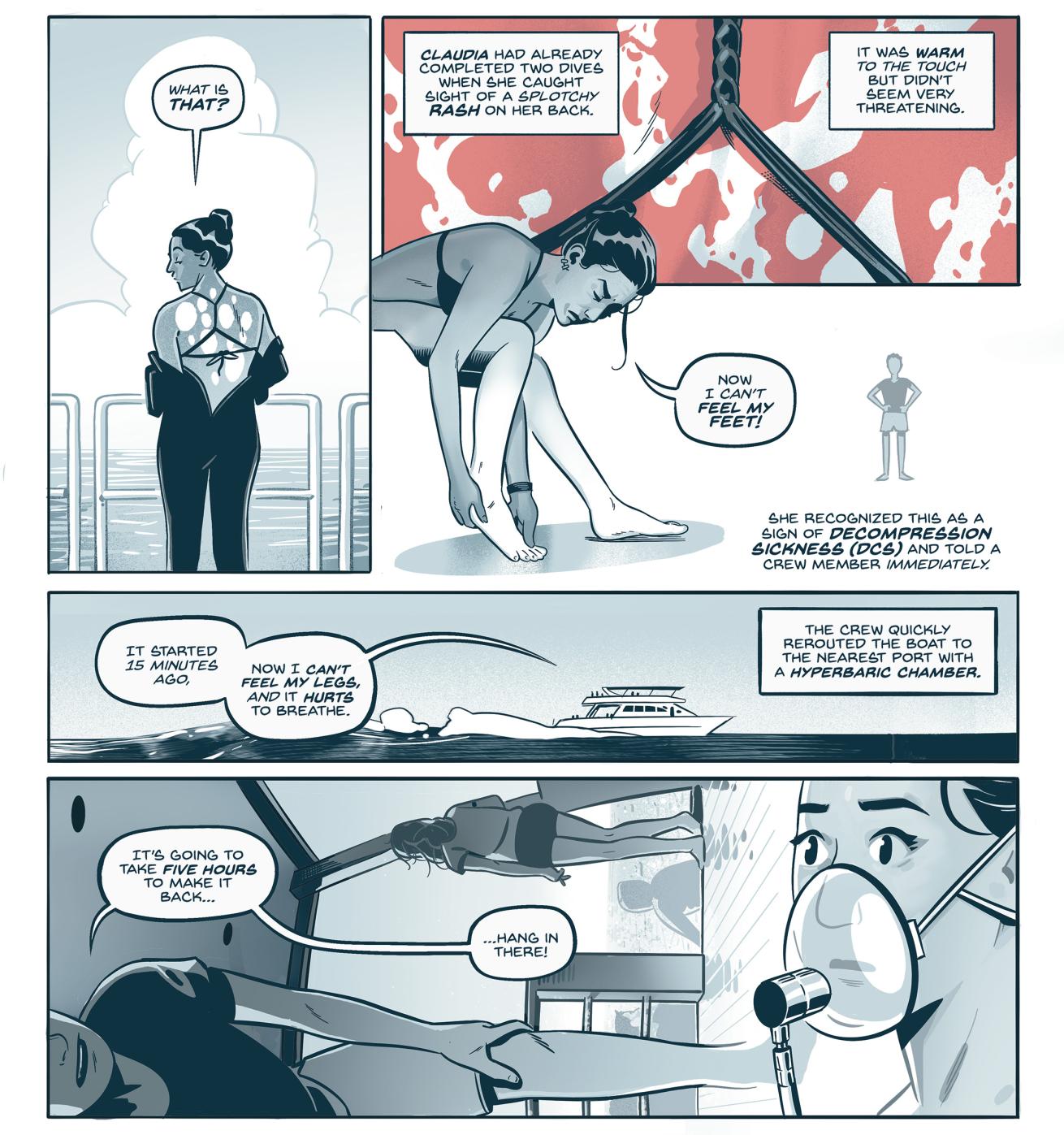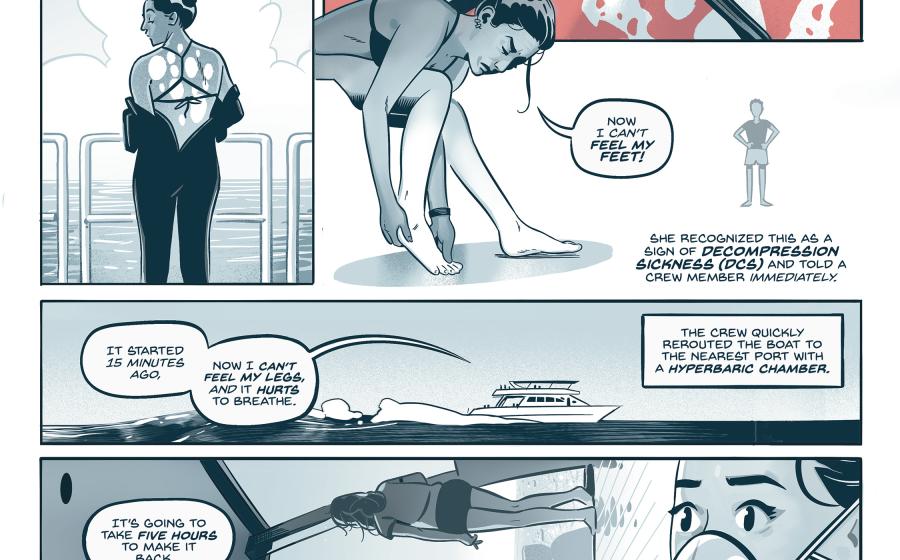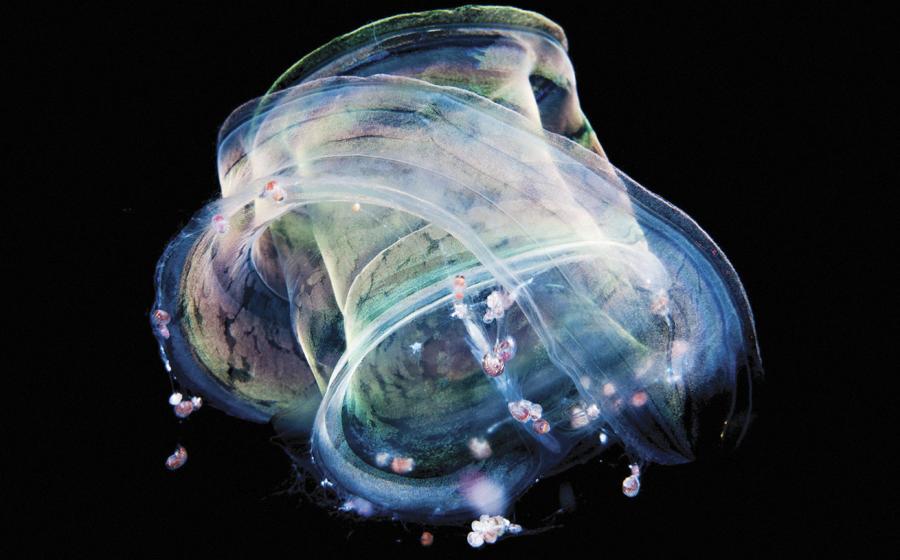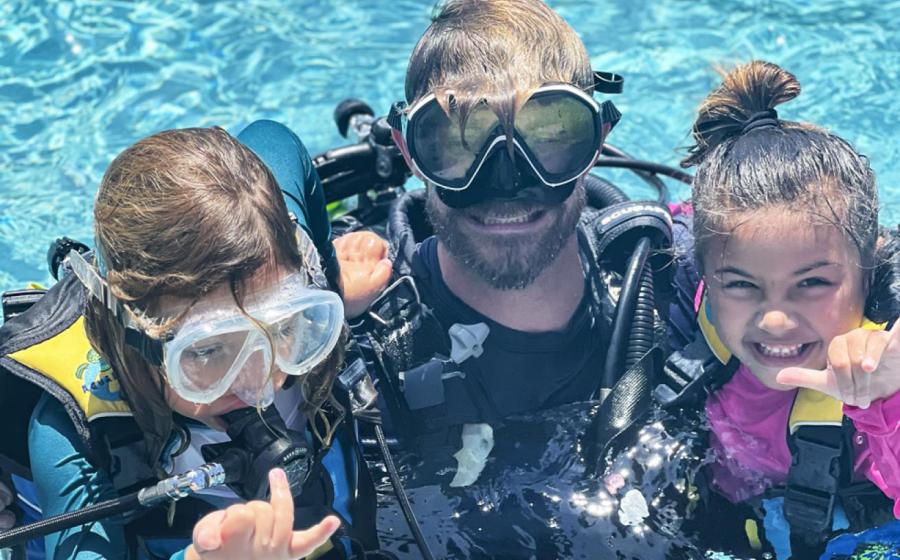Treating a Case of Spinal Decompression Sickness

Steven P. Hughes
CLAUDIA’S AGE: 45
EXPERIENCE: PADI DEEP DIVER WITH OVER 100 DIVES
OVERALL HEALTH: NO KNOWN HEALTH CONDITIONS
Claudia was having a fantastic time on her diving vacation. She had planned a two-week-long live-aboard in Indonesia and was excited to see manta rays and nudibranchs. For the first 12 days of the trip, they traveled to multiple remote islands. Claudia amassed 40 dives, taking advantage of each opportunity. She had received her PADI Deep Diver certification the previous year, and on one dive this trip, she descended to a max depth of 127 feet.
On the second to last day of the trip, Claudia had already completed two dives when she caught sight of a splotchy, warm rash on her back. A few minutes later, up on the deck, Claudia’s feet were numb. She recognized this as a sign of decompression sickness (DCS) and told a crew member immediately, but soon the numbness was moving up her legs. Then it started to hurt to breathe. Claudia compared the moderate pain on inhalation to her childhood asthma.
Related Reading: What Happens if You Miss a Decompression Stop?
The crew quickly turned the liveaboard back to the nearest port with a hyperbaric chamber, but it would take around five hours to make it back, even with the engine on full throttle. In the meantime, the crew set Claudia up with an emergency oxygen kit. This was about 15 minutes after her symptoms began. They also gave her a solution of water and rehydration salts. At this point, both her feet and most of her calves were numb. When DCS causes nitrogen bubbles to form near the spinal cord, ascending numbness in the extremities is a common symptom.
Fortunately, her numbness began to recede after being on 100 percent oxygen for 20 minutes. Claudia called a doctor to discuss her symptoms and get the hyperbaric chamber ready for her arrival. Even that short amount of time off oxygen allowed the numbness to return.
During the ride back to port, she rehydrated, rested and put her oxygen mask back on. The medical transport team was ready as soon as the liveaboard docked, and Claudia was immediately taken to the chamber for a neurological exam and standard recompression treatment (USN TT6).
During this protocol, she was compressed to a pressure equivalent to 60 feet while she alternated between breathing 100 percent oxygen and normal air. The treatment continued at a pressure of 30 feet before a final decrease in pressure back up to surface levels. The whole process was lengthy, taking nearly five hours. However, the slow decompression allowed the nitrogen bubbles to shrink and be reabsorbed into the tissues. For Claudia, repeat neurological exams during the hyperbaric treatment were normal and she was able to be discharged the next day with no remaining symptoms.
Related Reading: How Deep-Sea Creatures Survive Extreme Pressure
Lessons for Life
1 Be prepared.
Know the emergency action plan and the location of the nearest hyperbaric chamber on every trip.
2 Get dive insurance.
DAN insurance covers medical transportation, hyperbaric treatment and more, even abroad.
3 Dive safely and conservatively.
But DCS can happen even when following all guidelines. If you notice something is off, make sure to report it immediately. The best treatment is fast treatment.










